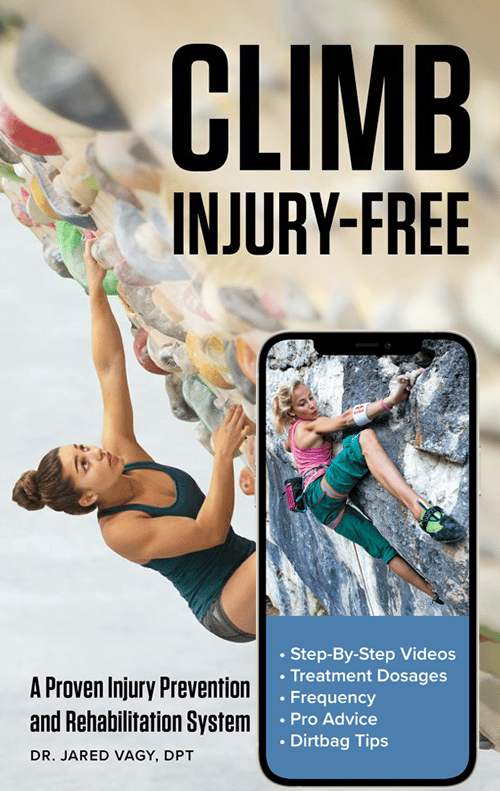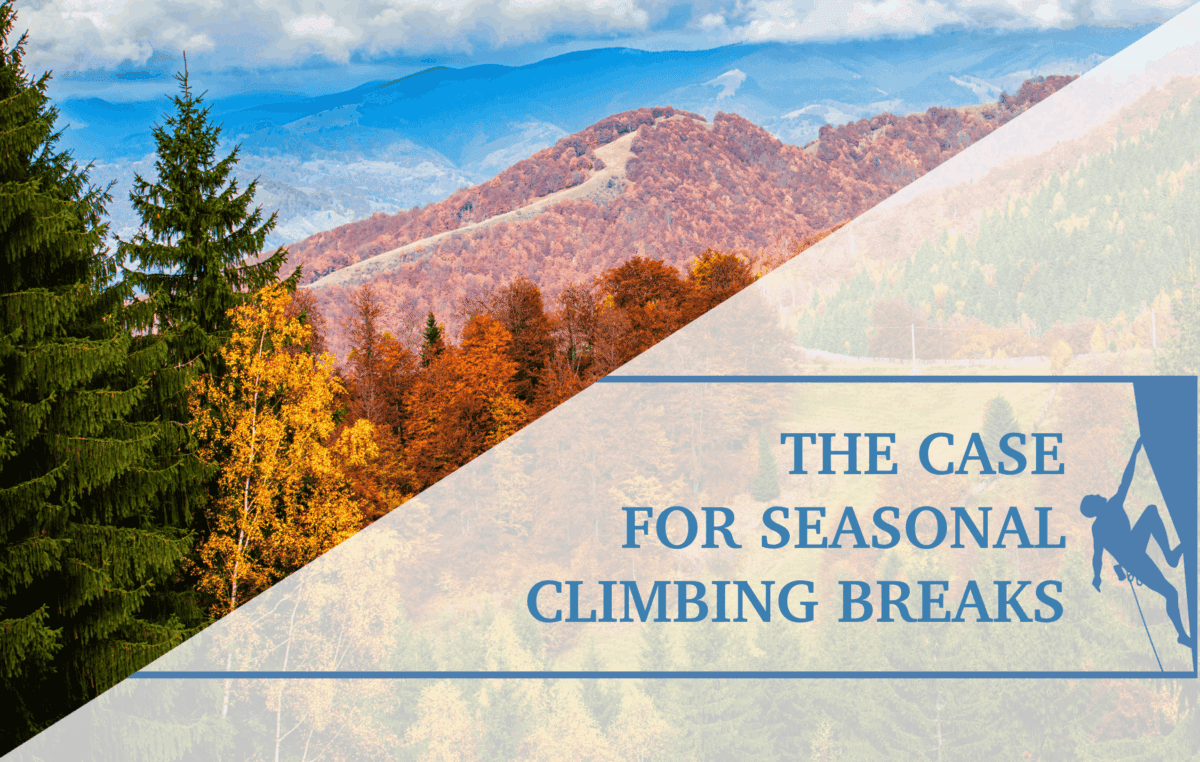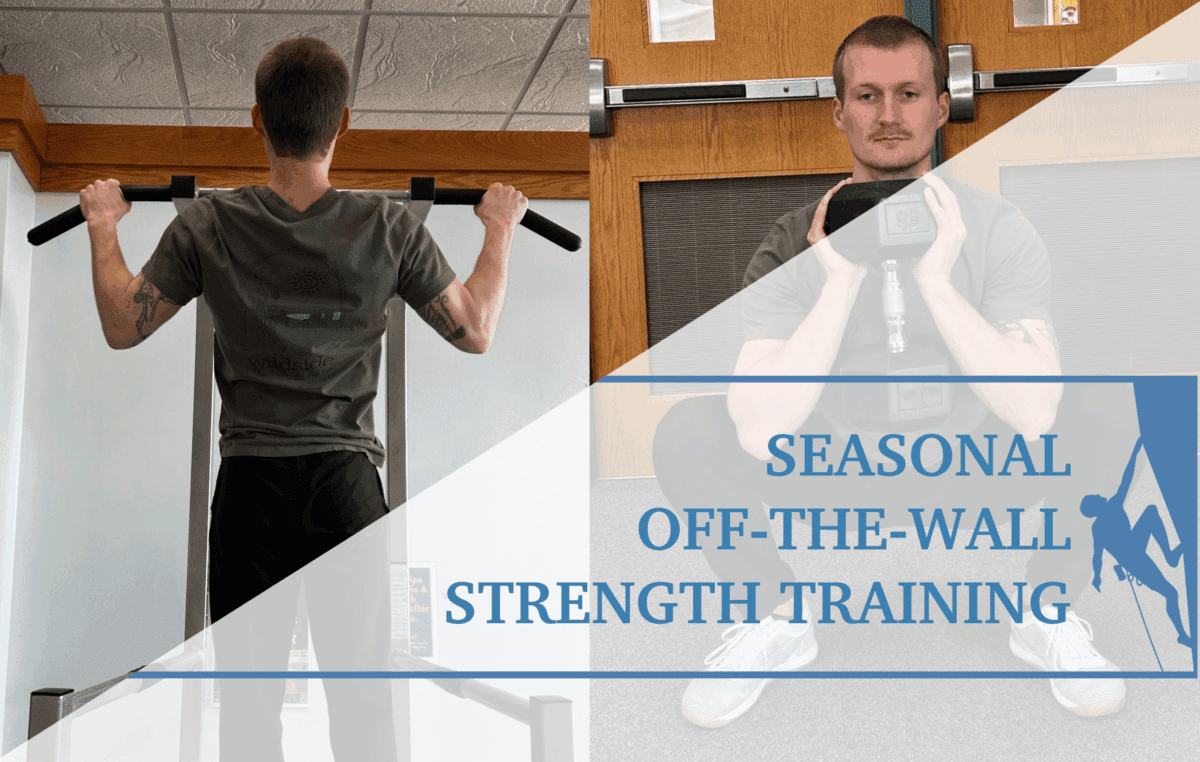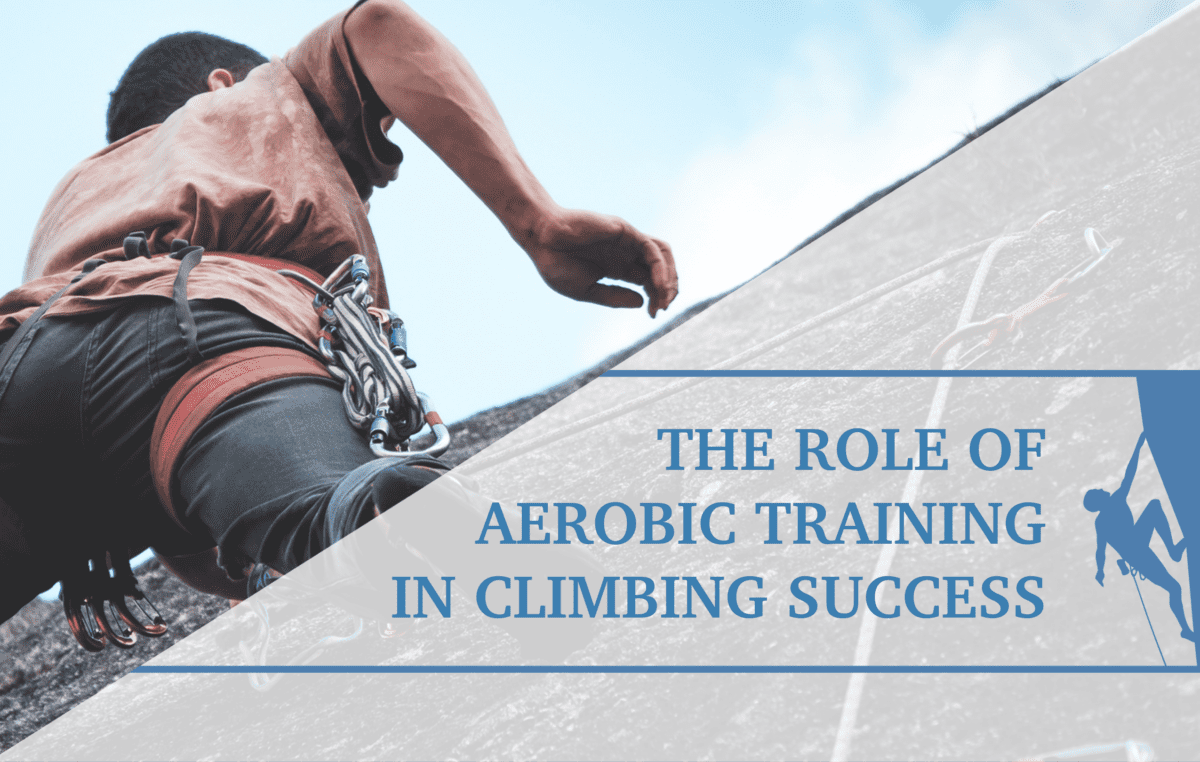What is Speed Climbing?
There are over 25 million climbers in 150 countries around the world. The best climbers from all over the globe will be competing soon at the 2024 Olympics in Paris. In the Olympics, sport climbing consists of two climbing disciplines per gender: bouldering & lead climbing combined, and speed climbing.
In this article we delve into the training program specifically for the discipline of speed climbing. In speed climbing, competitions are one-on-one on a standardized wall, with an estimated rating of 5.10. The climb is fifteen meters in height with a five degree inclination of overhang. The athlete must ascend twenty hand holds and eleven foot holds. Performances are so fast! Just under six seconds for men and under seven seconds for women.
I come from a track & field background and have admiration for anaerobic events. So when I heard about speed climbing, I grew an interest naturally in the sport and the training that goes into it. In this article we will focus specifically on the strength and power of the upper limbs for optimal performance in speed climbing.
Strength and Conditioning Consideration
The skill of climbing involves the displacement of the climber’s body as they move upward. The climber will need to move from one position to the next position fluidly with a strong reliance on the lower limb and upper limb muscles for performance. Research has described how speed climbers will undergo a decreased velocity at various sections such as the turn, the first dyno, and the second dyno1. Jumping techniques are dynamic movements and are referred to as “dynos” for short. This is where a climber propels their body from one hold to the next. So in the climb, there can be a decrease in velocity which means that the climber must constantly have the ability to reaccelerate their mass after each deceleration. The main energy system utilized during the climb is anaerobic alactic, also known as the creatine phosphate system or the ATP-CP system, which uses stored ATP, which is what our body uses for energy, for up to 10 seconds of muscle contraction. This energy system allows for high strength and power requirements. Therefore, programming that addresses both upper and lower limb development is appropriate to support the short all-out efforts in speed climbing.
Assessment
An assessment of a climber’s 1 rep max for strength can help one begin to understand what physical qualities may need to be developed or improved before competition season. Physical qualities may include regional hypertrophy, maximal strength, and explosive strength qualities during a training year. This will facilitate the appropriate physical development at specific times during an athlete’s season to allow optimal physical preparedness while minimizing fatigue before important competitions.
Assessment |
|
|---|---|
| Maximum strength | Power |
| 1 RM upper limb or lower limb key exercises | Arm jump test ( upper body explosive strength) |
| Strength-to-mass ratio upper limb or lower limb key exercises | Strength-to-mass ratio upper limb or lower limb key exercises |
Max Strength & Power
Maximal strength training uses high external loads to improve the relative strength of the speed climber. High force capabilities have been reported as performance enhancing in both upper and lower limb of speed climbers.
- Loads between 70 and 90% of 1RM.
- Sets between 3 to 5 for each functional exercise.
- Repetitions range from 3 to 6.
- Interest recovery of 3-6 minutes.
- Dedicate 2-3 maximal strength sessions per week.
Explosive strength or power is critical to speed development and this quality may be advantageous for improving the athlete’s starting speed and average velocity. The development of power can be improved with explosive exercise..
- Typical intensity 60 to 80% of 1RM for strength speed.
- Sets of 1 to 5 sets per exercise.
- Repetitions for 3-6 repetitions.
- Rest period of 3 to 5 minutes.
UE strength training exercise |
UE power-training exercise |
|---|---|
| Weighted pull ups – increase weight by 5 lbs for each successive set. | Power pull ups ( Chest bump pull ups) – pull up as fast as possible. |
| Lat pull down machine. | Big move boulder problems — send a route 5 times with 3 minutes rest between ascents. |
| Square pull ups – pull up to bar starting from the left, then move to the right, and back down to repeat. | Gym-rope climbing – perform 3-6 laps. |
| Type writers – pull up to the bar and move body side to side. | Clap pull ups – at the top of pull up let go of the bar to clap and grab back onto the bar. |
| Uneven-grip pull ups – offsets one hand 12 – 24 inches lower than the other. | Bouldering camp using – 3 to 5 times. |
| One arm lock offs – hold for 3-5 seconds, then lower to 90 degree arm angle and pause for 3-5 seconds. | Campus board double dyno’s on large rungs ( with skips) – ( 1-3-5-7). |
The Research
- Ehiogu, Uzo Dimma MSc1,2,3,4,5; Krawczyk, Marcin PhD6; Tallent, Jamie PhD7,8. Strength and Conditioning Considerations for Speed Climbing. Strength and Conditioning Journal 45(3):p 259-271, June 2023. | DOI: 10.1519/SSC.0000000000000745
- Horst, E. (2016). The rock Climber’s exercise guide: Training for Strength, Power, Endurance, Flexibility, and Stability. Rowman & Littlefield.
- Kasundra P. M, & Jethwa, Y. L. (2011). Effect of Rock Climbing Training on Strength, Speed and Endurance. Journal of Exercise Science and Physiotherapy, 7(1), 19–23. https://doi.org/10.18376//2011/v7i1/67619
- Schöffl, V., Schöffl, I., Lutter, C., & Hochholzer, T. (2022). Climbing medicine: A Practical Guide. Springer Nature.
See a Doctor of Physical Therapy
Consult with a physical therapist near you! Climbers can benefit from seeing a physical therapist to receive immediate attention to a recent and/or overuse injury. Physical therapists are experts in movement, especially abnormal movement, and can better assist you in your healing journey. Physical therapists use evidence-based research to best optimize your treatment to best meet your interests and goals. Physical therapists who are familiar with your sport can create a plan for you and prevent similar injuries in the future.
Author Bio
Guadalupe Medina PT, DPT is a 2024 graduate from the University of Southern California in Los Angeles California. She has treated climbers in her clinical rotation at Tustin Physical Therapy Specialist and Evolution Physical Therapy.
She is located in Los Angeles and enjoys lead climbing, tennis, and trail running during her free time.

Contact Information
www.linkedin.com/in/guadalupe-medina
IG: @lupeelynna
- Disclaimer – The content here is designed for information & education purposes only and the content is not intended for medical advice.




